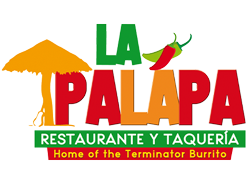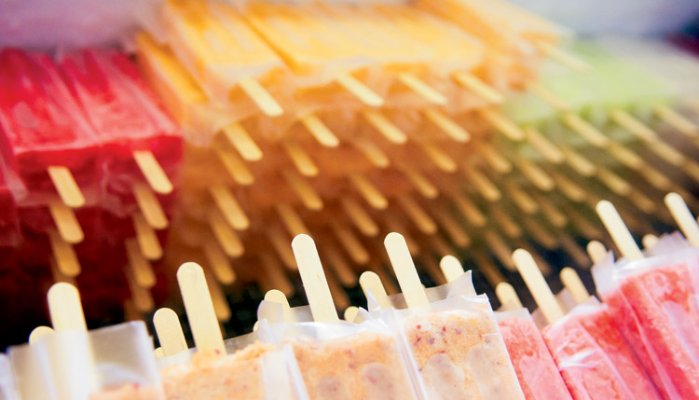If you grew up, as did many Americans, on ice pops made of just colored sugar water, but then one day tried a paleta chock full of real fruit, you will know what I mean when I say that the Mexican-style popsicle is a revelation.
Mexico may not have been the birthplace of the ice pop (the history of which is a little fuzzy), but that country certainly has taken the making of these frozen treasures seriously. The funny thing is, though, that in Mexico, “artisan” paletas are not a novelty gourmet item, but rather an everyday occurrence. Even small towns have a paleteria, that magical place where frozen treats are made in a myriad of flavors and sold to customers who must take their time to decide on which variety to eat on this occasion.
Fortunately, paletas are super easy to make, so once your weather gets hot, get out the popsicle molds and mix up a batch of your own. Start with our basic version, then branch out with the variations listed below the recipe.
What You’ll Need
- 3 cups ripe fresh fruit (strawberries, pineapple, mango, watermelon, cantaloupe, etc.), roughly chopped
- ½ cup refined sugar
- 1/3 cup water
- 3 tablespoons freshly-squeezed Mexican lime juice
How to Make It
- Place half of the fruit, the sugar, the water, and the lime juice into a blender and blend until smooth.
- Dice the other half of the fruit. Spoon diced fruit into ice pop molds, then add the blended mixture, leaving about half an inch (approx. a centimeter) of head space for expansion.
- Place the molds into the freezer and allow at least 6 hours for your treats to firm up completely. If your molds don’t have built-in popsicle sticks (or you are using paper cups or some other receptacle as molds), take your pops out of the freezer after about an hour and insert wooden sticks into the slushy mix; return to freezer.
Variations on the Basic Mexican Paleta
The basic recipe for this treat can be tweaked so many ways it’s not even funny. Here are a few ideas to get your own creative juices flowing (and then freezing):
Change up the main ingredient. Besides the fruits listed above, why not popsicles made with kiwi, banana, raspberries, blueberries, or guava? Or forget traditional fruit pops and make them with tamarind paste, or pecans, or arroz con leche (rice pudding).
Blend—or not. The basic recipe has you blending half the fruit and leaving the rest in chunks—but you can also blend it all, or leave it all chunky. It really is all up to you!
Vary the liquid. Why just stick with water when you can try fruit and/or veggie juice, tea, or milk—whether that´s cow’s, almond, or coconut milk?
Pick your sweetener. Instead of refined white sugar, use brown sugar, piloncillo, stevia, agave nectar, or artificial sweetener. Or forego sweetening altogether and let the natural flavors of the main ingredient(s) sing.
Add something “hot.” Mexicans often add powdered chile (such as chile piquín) to cut fresh fruit and to their fruit paletas. Mango with chile and tamarind with chile are especial favorites. Or brew a spicy syrup by gently boiling a little water with a fresh jalapeño or serrano chile, straining the pepper out, then adding sugar and heating (stirring all the while) until the sugar dissolves. Blend this with your paleta mix and you have yourself a hot ice pop!
For the best Mexican flavours of Santa Rosa CA, come to our mexican restaurant in Santa Rosa CA. We serve daily fresh and authentic Mexican dishes.
Add something “cool.” Fresh mint leaves are an eye-openly good addition to many fruits, and doubly so when the whole dish is frozen. If you don’t want leaves in your paletas, use a simple mint syrup. Or try a small amount of spearmint or peppermint essence will have a similar effect; just don’t go overboard on the quantity, as mint extract is very strong and can easily overpower the flavor of the fruit.


Recent Comments